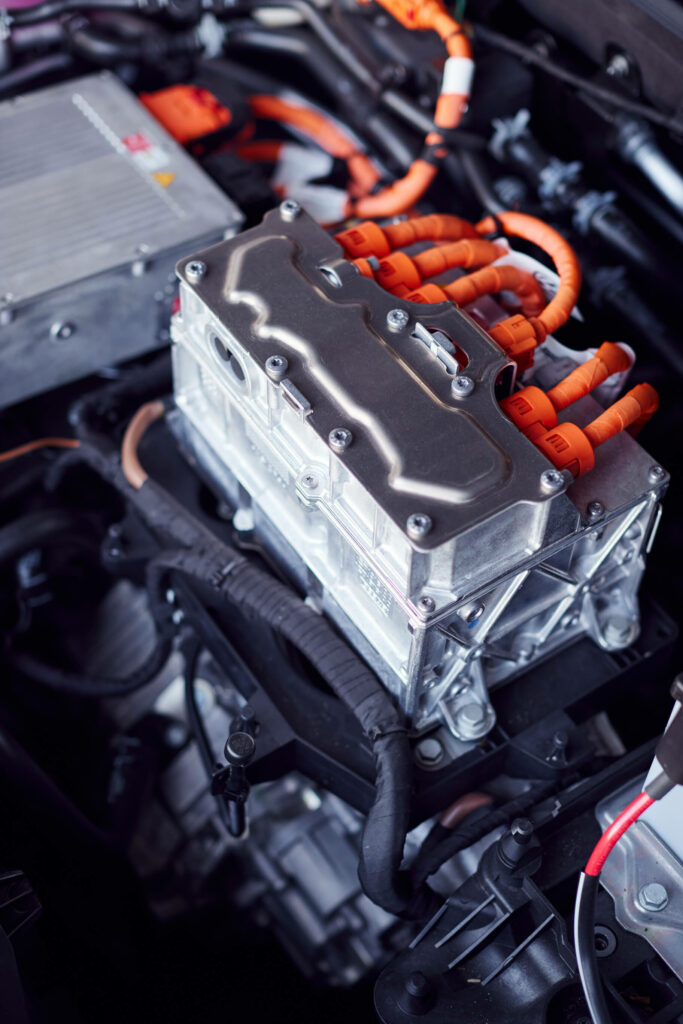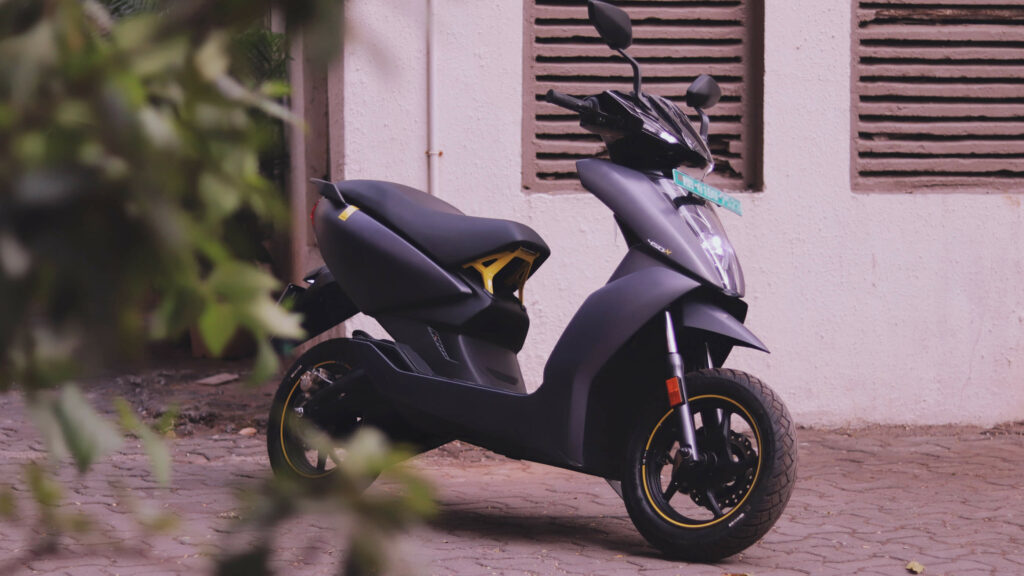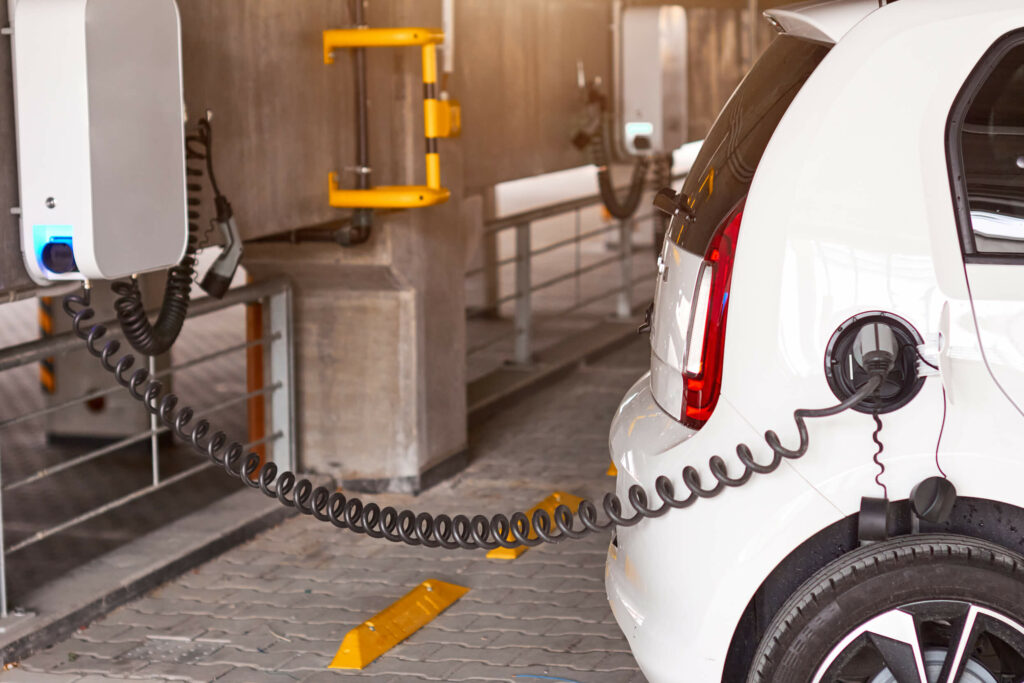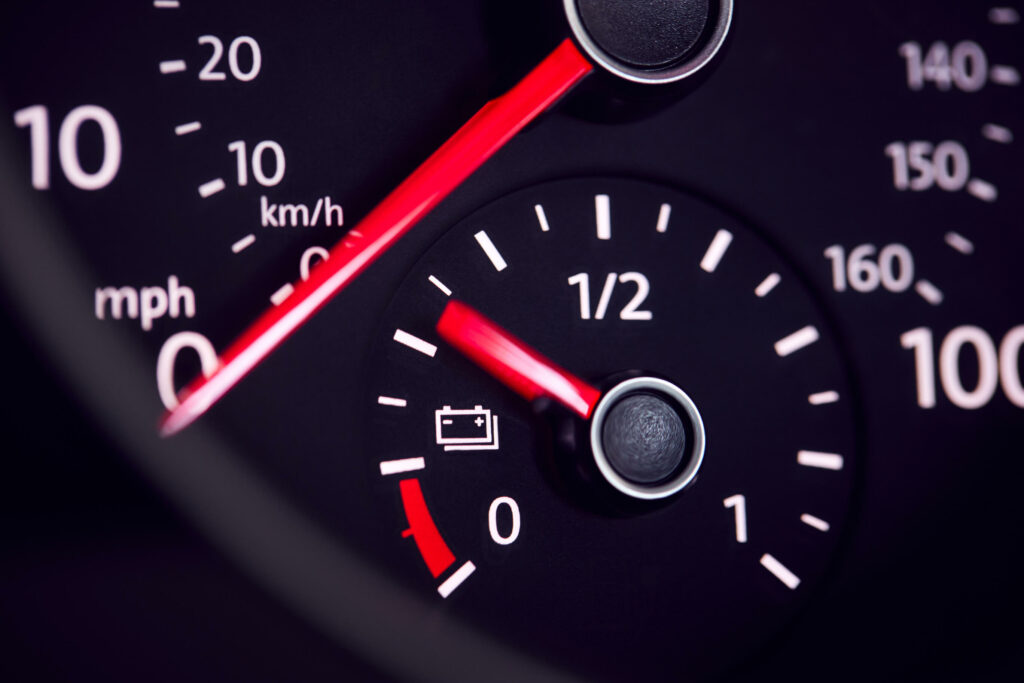How Far Can an EV Run & Last?
Definitive roadblocks en route the mass adoption of electric vehicles (EVs) are battery range and life. Longer ranges lower recharging anxiety at a time when the web of battery swapping and/or charging stations is not widespread. Repeated rapid charging lowers battery life [1]. Swapping throws up complex battery ownership issues [1].
EV range depends mainly on how much electricity the battery can store and, secondarily, on the rate at which it consumes electricity. With a 520 miles range, the Lucid Air Dream Edition is the electric car with the longest range at present [2]. Compare that with the 731 miles that the 2018 Jaguar XF 20d (an IC engine car) can do without refuelling [3].
This is not surprising given the vast difference in energy densities. At 45.8 MJ/kg (12.72 kWh/kg), the energy density of petrol (gasoline) is almost hundred times that of 0.5 MJ/kg of lithium batteries (0.14 kWh/kg). That of diesel is comparable at 45.3 MJ/kg (12.58 kWh/kg) [4]. We mention these values in kWh, the unit of electricity consumption.
General life of the battery of an EV car in the United States is 100,000 miles (160,000 km) over 8 years. Hyundai offers lifetime coverage while Kia delivers 100,000 miles across 10 years [5]. Petrol (gasoline) engines need major overhaul after about 200,000 miles while diesel engines can go on for 1 million to 1.5 million miles before needing one [6].
EV batteries don’t deteriorate abruptly, but gradually lose their capacity to store charge. For example, Model S Tesla will lose approximately 5% after completing the initial 50,000 miles as per a study conducted by Plug In America [5].

What Affects Battery Range & Life?
Two guys with diverse driving styles will not achieve the same range even on the same EV in different or even the same conditions. Which is why we have the Worldwide Harmonized Light Vehicles Test Procedure (WLTP), a set of standard parameters to compare the range of different EVs.
Following factors affect the EV range [7]:
Regenerative Braking: When accelerating or cruising, the EV motor drives the wheels. The reverse happens when the driver brakes or takes the foot off the accelerator. Now, the motor acts as a generator and charges the battery while also producing a braking effect [9]. EVs also have conventional brakes for regenerative braking alone cannot stop a fast moving vehicle [10].
Gradual speeding up consumes less battery energy. Slow braking enables better regenerative braking plus lesser brake pad wear. This requires the driver to anticipate [7] traffic conditions and operate proactively.

Tips to Extend EV Battery Life & Range
EV maintenance is simpler with the absence of pistons, transmission, and clutch. Monitoring too is minimal and limited to checking coolant, brake fluid and some other consumables [7]. They only have single speed transmission and lack many moving parts that wear out and require replacement in IC engine cars [5].
Battery prices have dropped by 89% between 2010 and 2022 [11]. And by 2031, EVs will cost as much as IC engine cars [11]. If not earlier that is. Prices are still considerable though. Chevrolet Bolt EV’s fresh battery pack is estimated to cost $15,000+!
Here are some tips to extend EV battery life:
Methods to extend EV battery range are related to those for extending life:

Cybernetik’s Battery Assembly Automation to Optimize Range & Life
Automation is a great way to assemble batteries that last at least for the duration of their specified life and propel the EV across the maximum possible range. Cybernetik provides solution for fast, accurate, and efficient assembly of cylindrical and prismatic EV batteries.
Following are the advantages of our solutions:

The Road Ahead
EVs are no longer a luxury or a futuristic technology. They are a necessity that is gaining increasing acceptability. They have to in view of the climate crisis assuming darker and larger proportions with every passing day.
Cybernetik has innovation at one of its core principles and uses the same for building solutions that ensure optimal EV battery life and safety. Write to us at [email protected] and we will present customized solutions to automate your EV battery line.
References